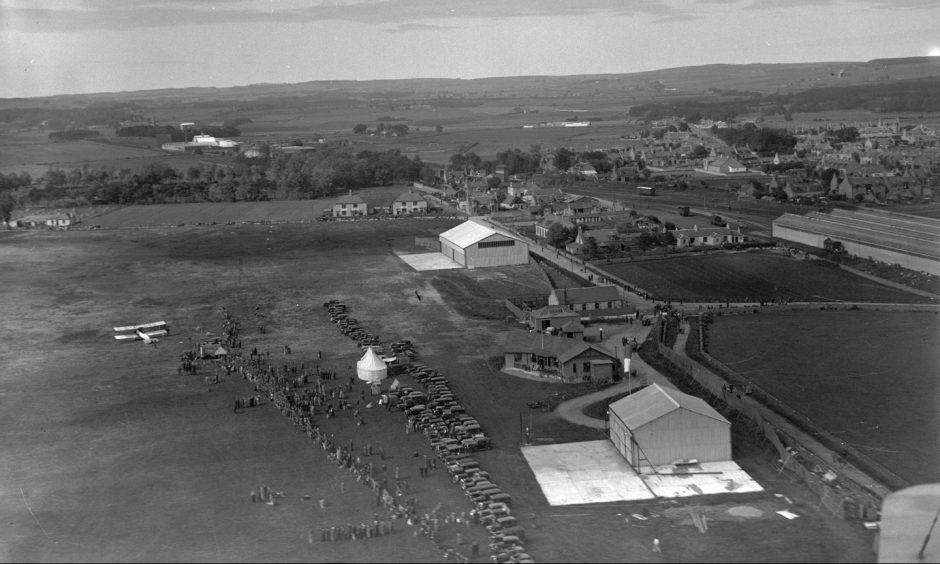
Aberdeen glided into the golden age of aviation when the airport opened at Dyce 90 years ago.
It was said the north-east of Scotland “entered upon a new era” when Aberdeen Airport opened on July 28 1934.
At that time, it was known as Dyce Aerodrome, the largest airport in Scotland, covering 130 picturesque acres beside Dyce.
The then modern-age airport stood in stark contrast to the ancient Druid relics and old farms in the surrounding rural parish.
Dyce aerodrome was largest in Scotland when it opened in 1934
The site was described as ideal – but much work had gone into creating a perfectly-flat airfield.
It was drained, sown, rolled, large boulders were removed and the Farburn, which crossed the landing field, had to be enclosed in a culvert.
To pass the Air Minster’s test for flatness in the 1930s, an airfield had to ensure a car could be driven over it “at 20mph with a fair degree of comfort”.
But, such was the “perfection” of Dyce, it was reported that a car could “race” over it at even greater speed “without jolting”.
Not wanting to take the airport’s word for it, a Press and Journal reporter sped over it in a large saloon car.
He clocked 48mph on the speedometer, and to his satisfaction reported “less bumpiness” than he experienced on neighbouring country roads.
Eric Gandar Dower sought perfection in Dyce aerodrome
Even in its infancy, Aberdeen Airport quickly gained fame for its “excellence” and was nicknamed “the billiard table aerodrome” for its smooth surface.
But the founding fathers behind the airport, Eric Gandar Dower and Captain Angus Irwin, would settle for nothing less than perfection.
Captain Irwin had been a Second Lieutenant in the British Army’s Royal Flying Corps – the precursor to the Royal Air Force – during the First World War.
After the war he became an estate agent in London, but never lost his love of flying, and regularly competed in air races with Gandar Dower.
While the flamboyant Gandar Dower, a politician and businessman, established the aerodrome at Dyce to launch his pioneering airline Aberdeen Airways.
Dower had a lifelong fascination with aviation and qualified as a pilot in 1915, also serving in the First World War.
It was through a friend he met while studying at Cambridge that he realised the possibilities of aviation at Dyce.
Dower flew to Aberdeen on March 22 1931, landing on open fields where the airport stands now.
He declared to awaiting crowds that he would “build an airport and found an airline here and start routes to different places”.
With no hangar, his aircraft was towed all the way to a large car garage in Aberdeen to shelter.
Flying ace founder personally oversaw building of airport
Clearly this was impractical if aviation was ever going to take off in the north-east.
The new Dyce Aerodrome was granted permission from the Air Ministry for private flying, air liners and the teaching of flying.
Gandar Dower’s controlling company, Aberdeen Airways Ltd, was responsible for the airlines to and from Aberdeen.
He ensured his aerodrome was equipped with all the essentials, and regularly inspected the work himself.
His hangar was big enough to accommodate “the largest of aircraft” – 10 De Havilland ‘Dragon’ airliners, to be precise.
It was proposed Aberdeen Airways’ passenger fleet would begin with two dragons, one Short Scion and two De Havilland Fox Moths.
Aberdeen Fuel Company was to provide all oil, fuel and grease for the aerodrome, as well as the electricity for power and lighting.
While Aberdeen Flying Club had a pavilion built for socialising, “handsomely” crafted from oak.
Disaster struck after plane crash at Dyce on Friday 13th
Disaster struck just two weeks before opening when 10 people narrowly escaped death when a new plane called the Aberdonian crashed on take off on Friday the 13th.
The party of prominent Aberdeen citizens was heading to the King’s Cup air race at Hatfield, near London, when it smashed into an embankment.
A London journalist called Miss Cadle was the most badly injured, alongside Professor of Medicine at Aberdeen University, and George Esslemont of Esslemont and Macintosh.
The whole spectacle was witnessed by a P&J reporter who described how the plane appeared to nose-dive into a mound before immediately bursting into flames.
Miss Cadle and Mr Esslemont were both pinned under the wreckage.
Miss Cadle was “valiantly” saved in the nick of time by Councillor Watt, while another dragged Mr Esslemont to safety.
The Aberdonian, which was to lead the airport opening ceremony, was destroyed.
But despite the dramatic scenes, locals weren’t put off the arrival of aviation in Aberdeen.
Two onlookers asked to be booked onto the next flight to Orkney.
Accusations Dyce aerodrome was preparing for war
And anticipation continued to build ahead of Aberdeen Airport’s opening.
It cannot be underestimated how significant the aerodrome was for Scotland, as well as Aberdeen.
It was reported Aberdeen would be one of “the important provincial aviation centres in Britain”.
But Gandar Dower was forced to deny it was for war.
Under cover of darkness, the night before the airport opened, someone had painted on the walls: “This aerodrome is being opened in preparation of war. Fight against it.”
He dismissed “anti-war fanatics” and said: “No one wants war.
“I had the doubtful privilege of flying during the last war, and Captain Irwin, my partner, still has shrapnel in his foot as a souvenir of it.
“We do not want war, but we must be prepared for it.
“The aerodrome was established in the cause of peace.”
Aberdeen’s great and good gathered to watch magnificent flying machines
Later that morning, as dignitaries and aviators arrived, the sky was foreboding, with heavy thunderclouds hanging overhead.
Gathering crowds, inside the airfield and perched on the surrounding railway embankment, were promised the finest and most thrilling flying the north-east had ever seen.
And they weren’t disappointed.
John ‘Jack’ Arbuthnott, the 14th Viscount of Arbuthnott, conducted the opening ceremony.
He was sure flying would become more popular as the years went on and that it could only be beneficial to the country to have more trained pilots.
Gandar Dower lead the flypast, which “dipped in salute” over the clubhouse where the great and good of Aberdeen were sitting.
A commentary from the control tower relayed the names of the aircraft and pilots to the guests.
Dare-devil display on airport’s opening day
Despite the high winds, a dare-devil display “brought the hearts of onlookers into their mouths”.
Planes ducked, dived and rolled with precision and skill to burst balloons that drifted through the air.
The most enthralling spectacle, however, was the RAF exhibition flight of Hawker Nimrods.
A P&J reporter at the scene said: “The most exciting moments were when the planes swooped down on the aerodrome, and then climbed up again into the air like rockets.”
Aberdeen had never seen the like before.
The thrilling antics continued with a parachutist leaping from an aircraft, a speck in the distance until he landed in a nearby field.
And an air race zipped around pylons on the aerodrome, Tyrebagger Hill and Brimmond Hill before Captain Findlay from Stonehaven stormed to victory.
Within five years, Aberdeen Airport moved to war footing
The airport quickly achieved its objective of becoming a busy civilian airfield to connect Scotland’s islands to the mainland and London.
But the lingering feeling that war was on the horizon did not pass.
In 1937, the Air Ministry took over and 612 Squadron of the Auxiliary Air Force was established at Dyce.
And on October 16 1939 Dyce officially became an RAF station to defend Aberdeen.
While a grass field had been acceptable for landing civilian aircraft, the RAF required three hard runways to be built.
Fighter planes were based there due to its proximity to Norway, but the base was largely used for photographic reconnaissance.
It was bombed twice in 1940, so a decoy airfield was built at Harestone Moss at Whitecairns near Balmedie.
The dummy base created the illusion of an airfield at night, with a generator powering lights to look like a flarepath and taxiing aircraft.
However, one of the more interesting wartime experiences at RAF Dyce took place in May 1943.
A defecting Luftwaffe crew flew their Junkers Ju 88 fighter to Dyce hoping to join the allies.
Britain gleaned great intelligence from the aircraft. Scientists studied its radar and were able to build a counter-system to defend RAF bombers.
Spirit and determination of founding father remembered 90 years on
After the war, RAF Dyce returned to civilian use.
Although 612 Squadron continued to be based there until 1957 when it disbanded.
There was said to be a glum air about the aerodrome on February 22 when for 45 minutes, in ones and twos, the squadron’s Vampires took off for the last time.
The squadron was regrouped as a RAuxAF Medical Reserve Unit in 1999 and is now based at RAF Leuchars, Fife.
In the 1950s and ’60s, Aberdeen Airport went international, with flights to destinations including Moscow and Toronto.
And it has, of course, been regularly frequented by the Royal Family over the years en route to Deeside.
It was the discovery of oil in 1967 that saw the expansion into the airport we know today.
But its very existence is thanks to the remarkable pioneering spirit and vision of flying ace, Eric Gandar Dower, 90 years ago.
He told Aberdonians he would build an airport, and from humble beginnings, he built one of the busiest airports in the UK.
If you enjoyed this, you might like:
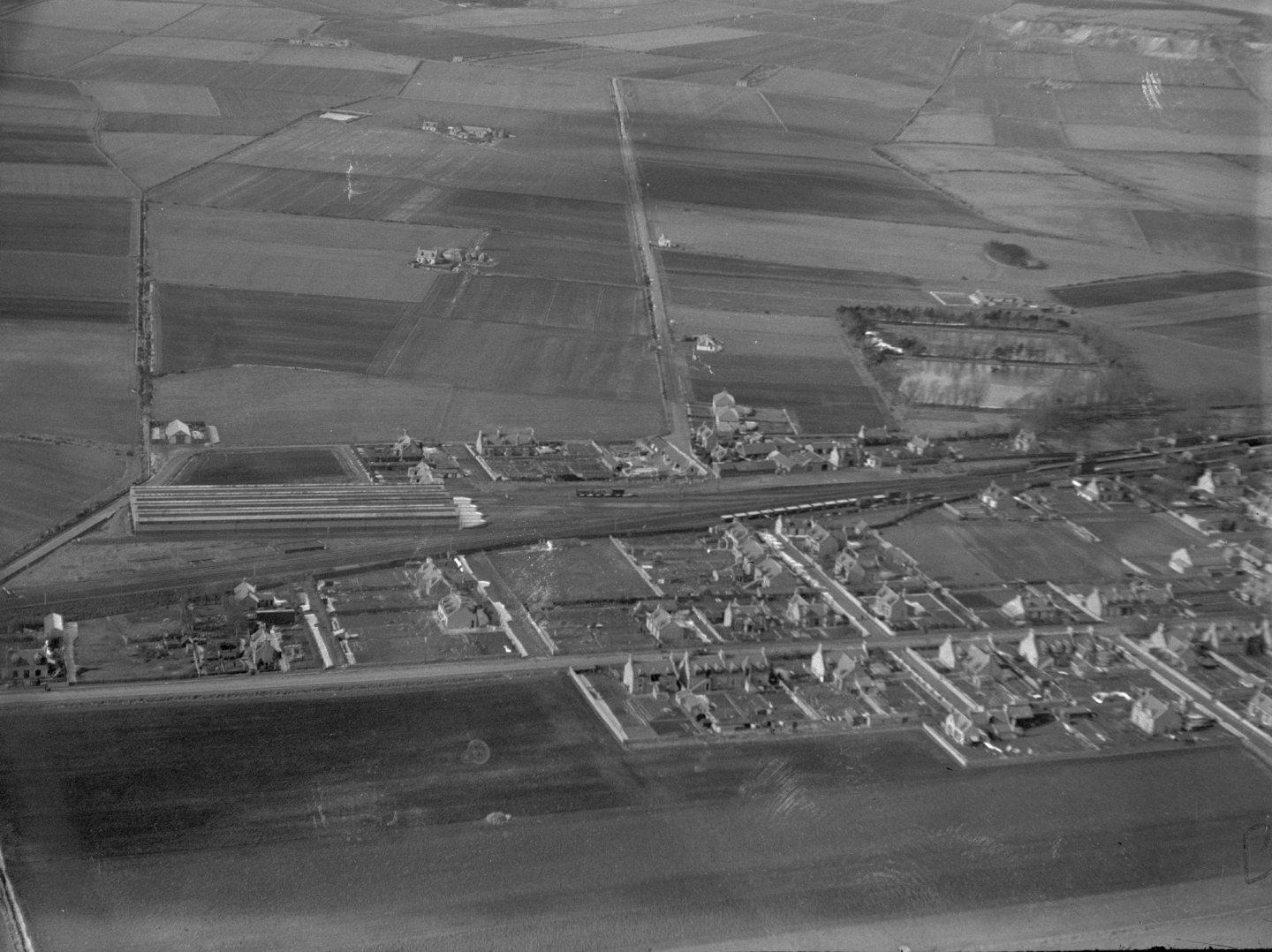
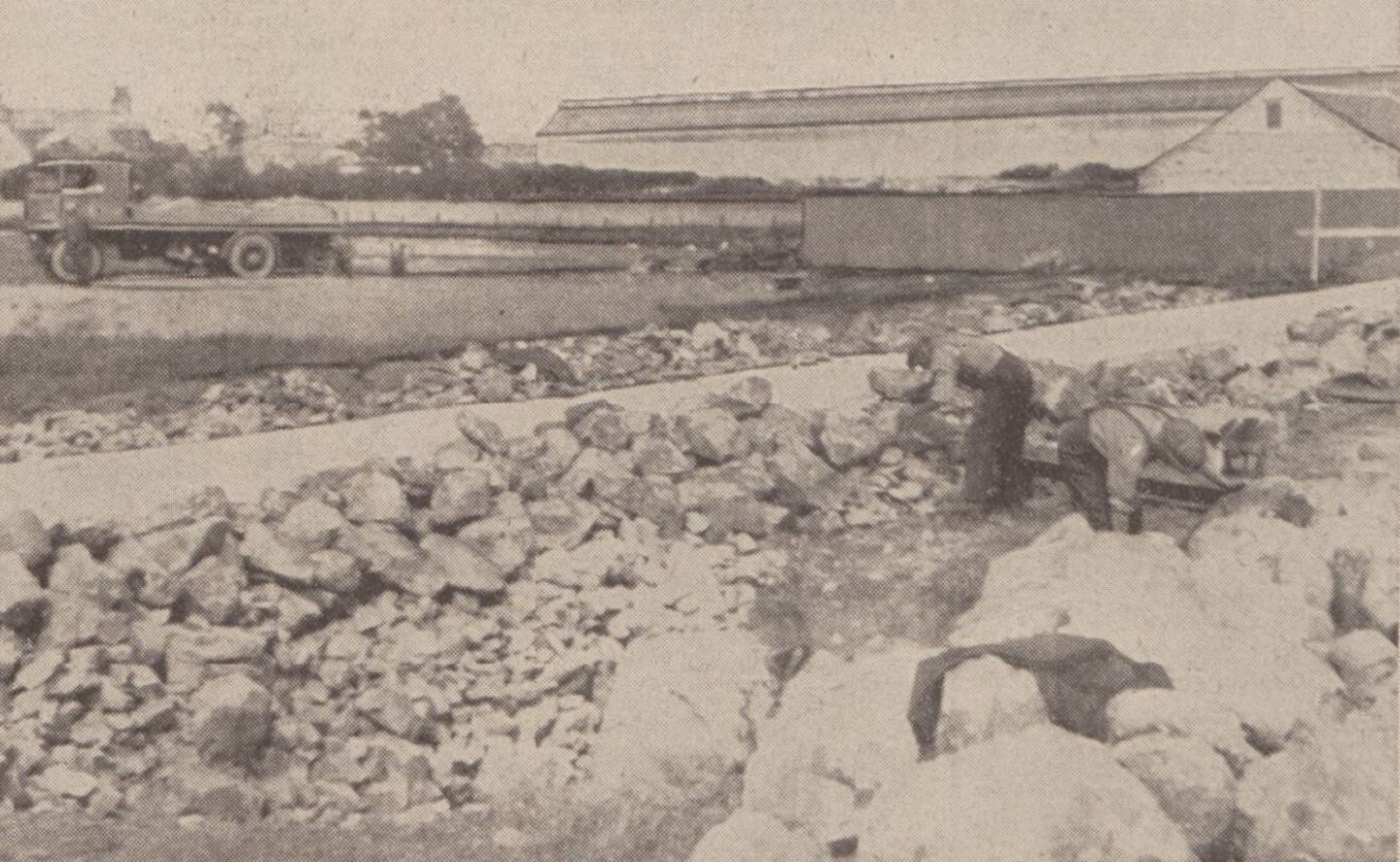
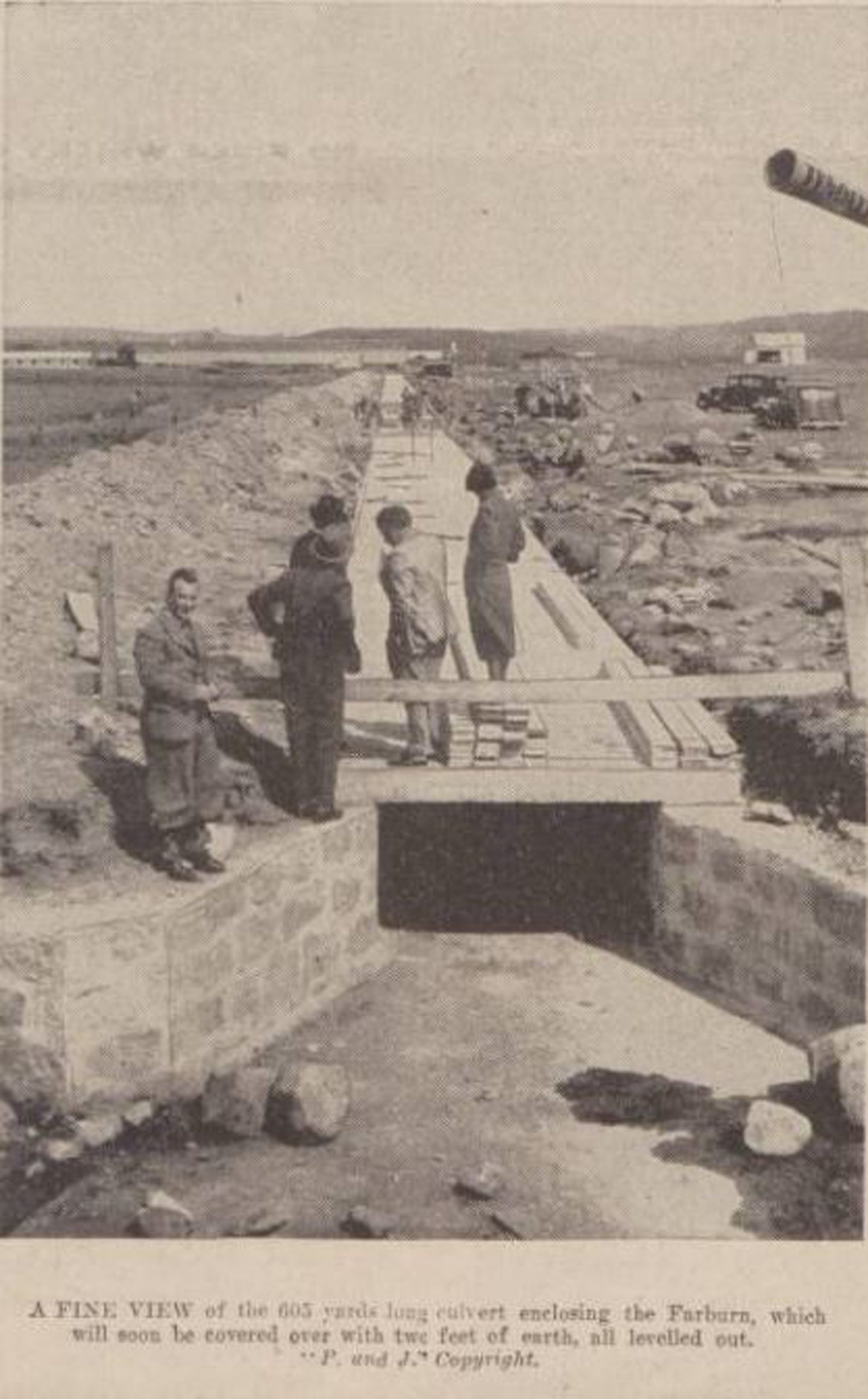
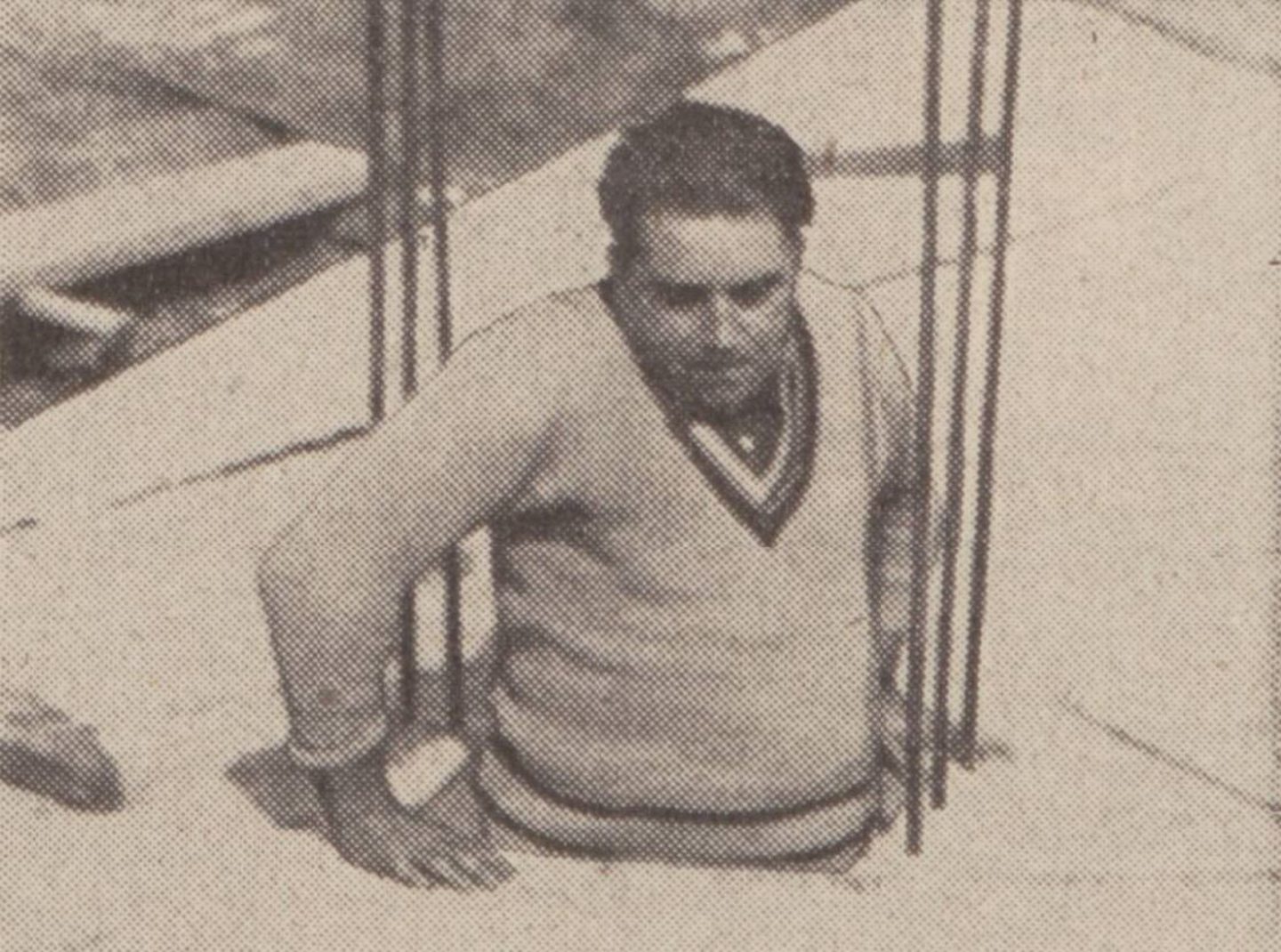
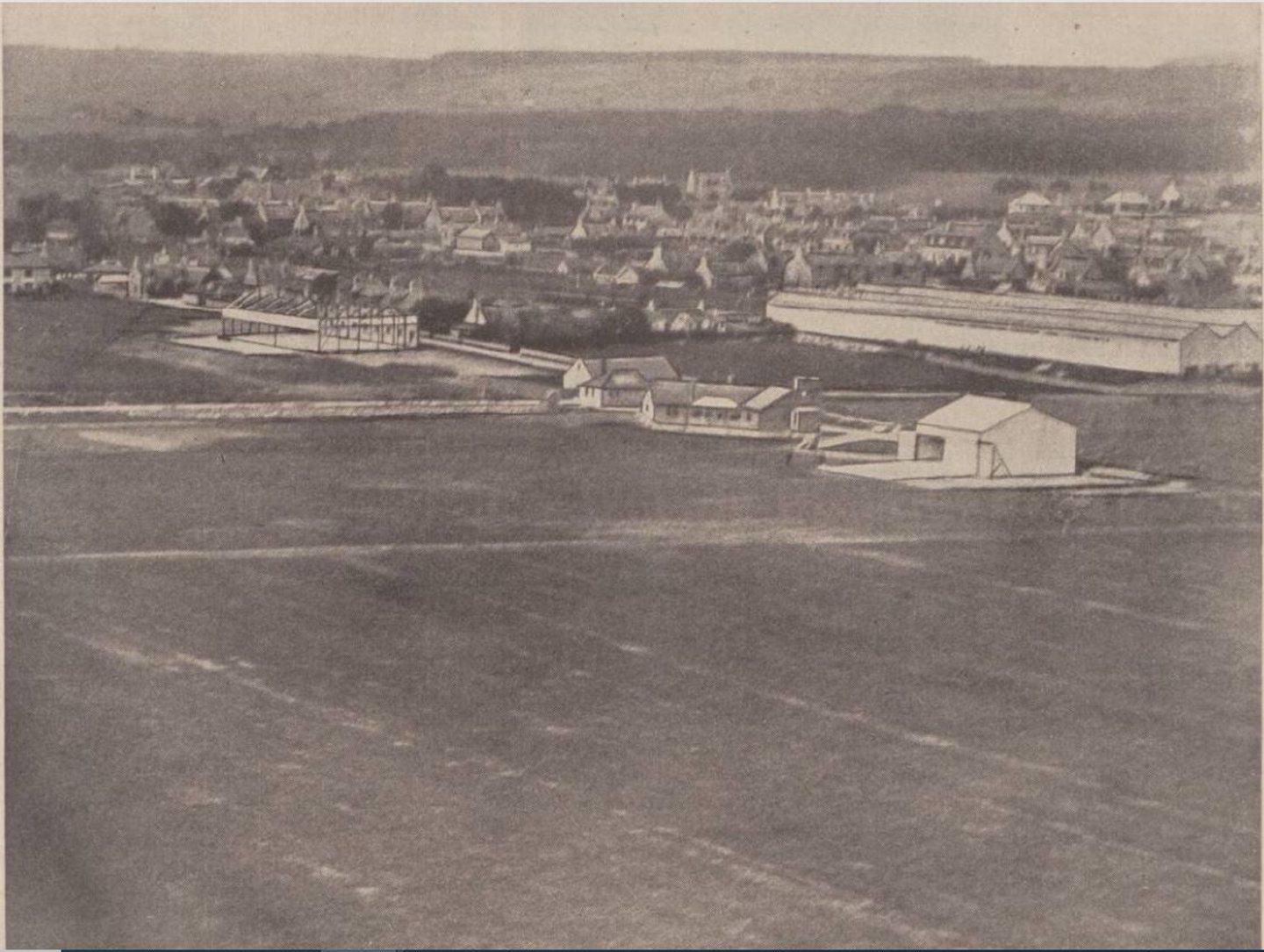
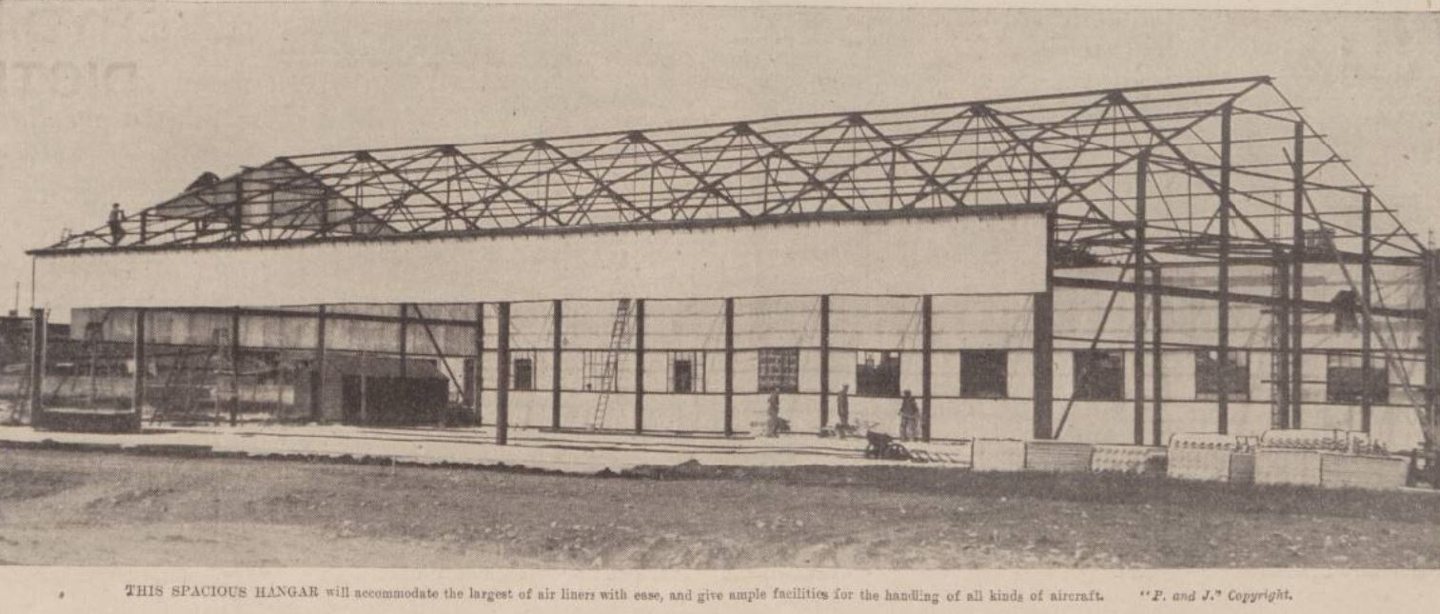
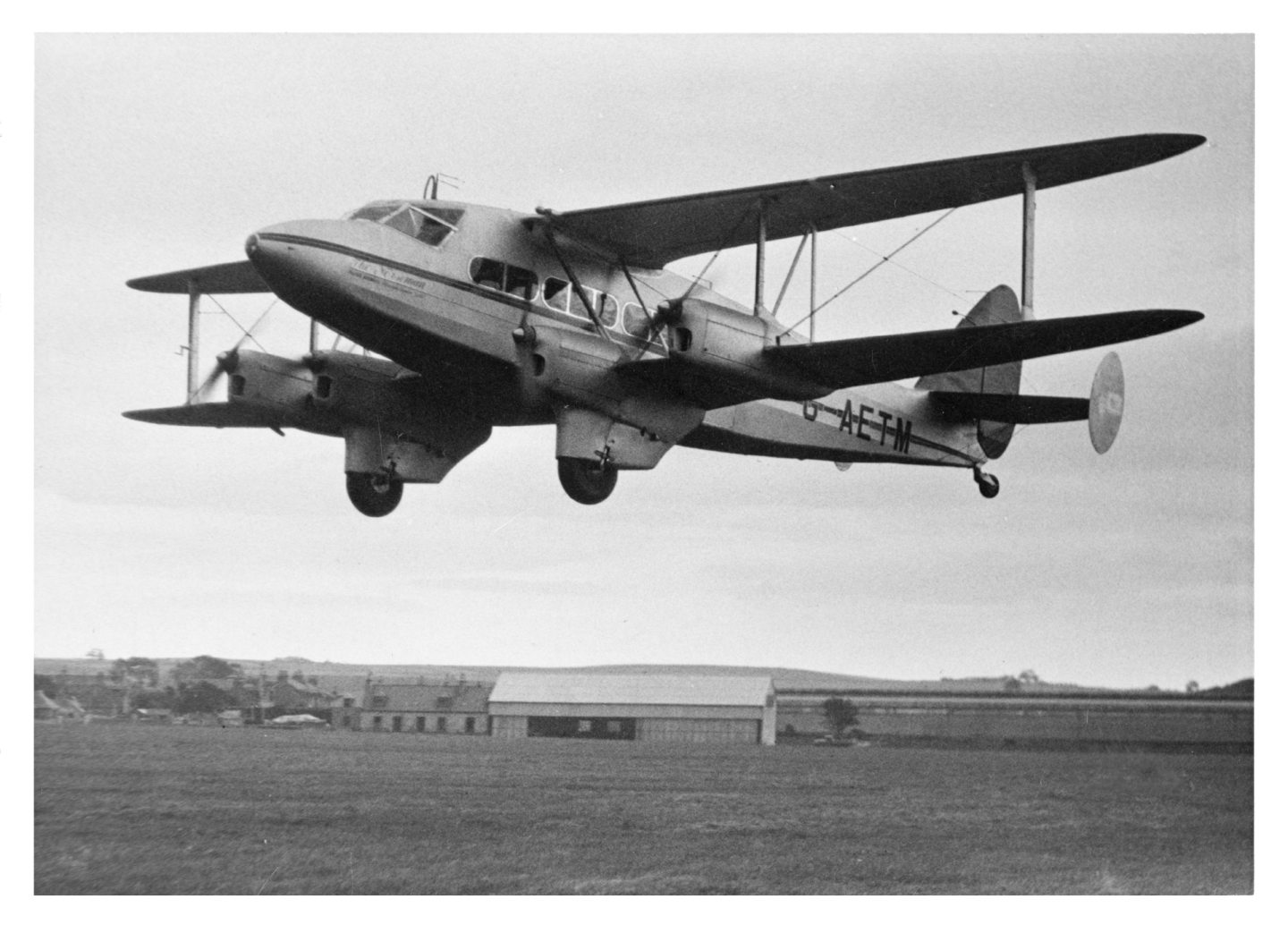
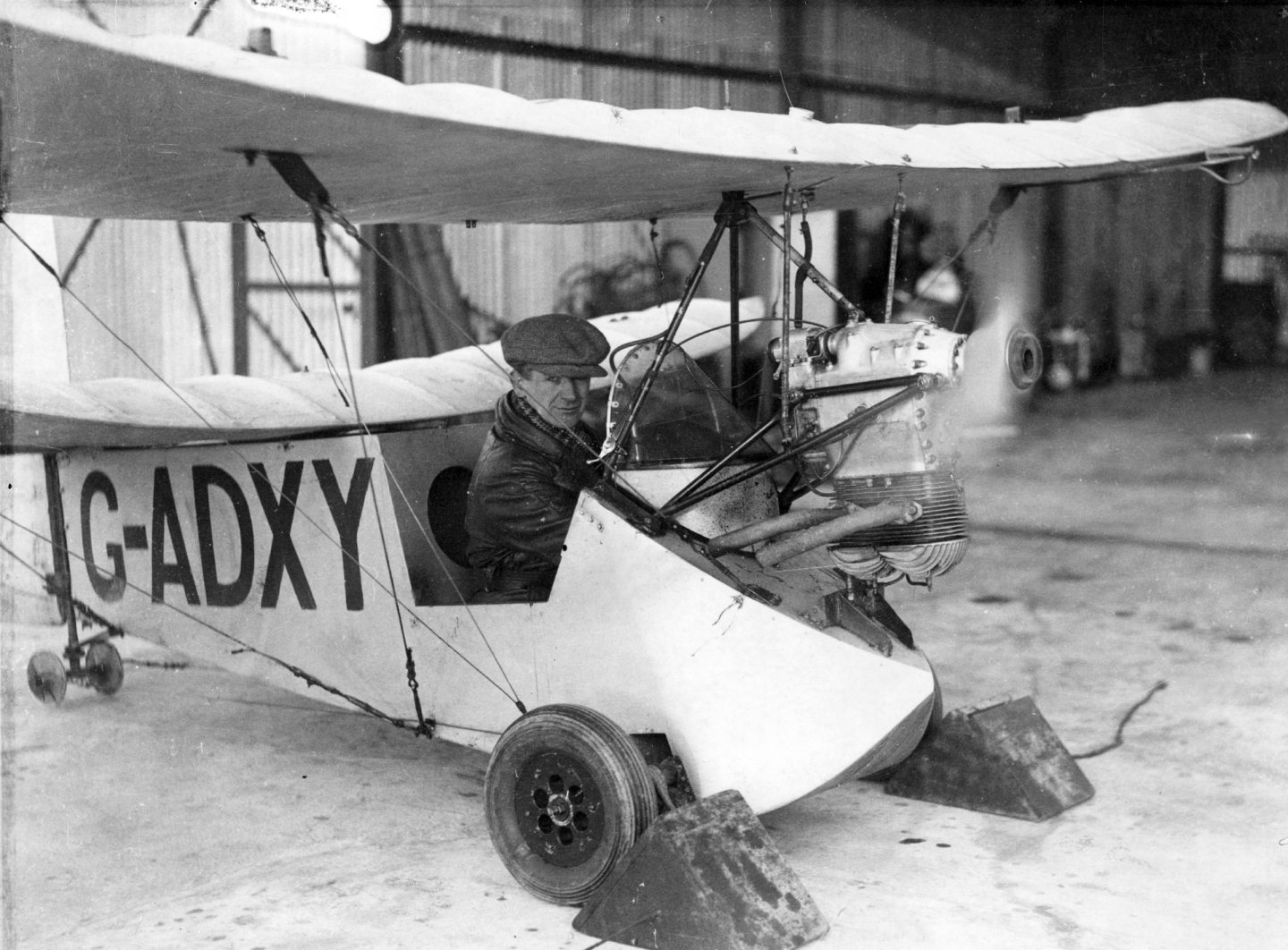
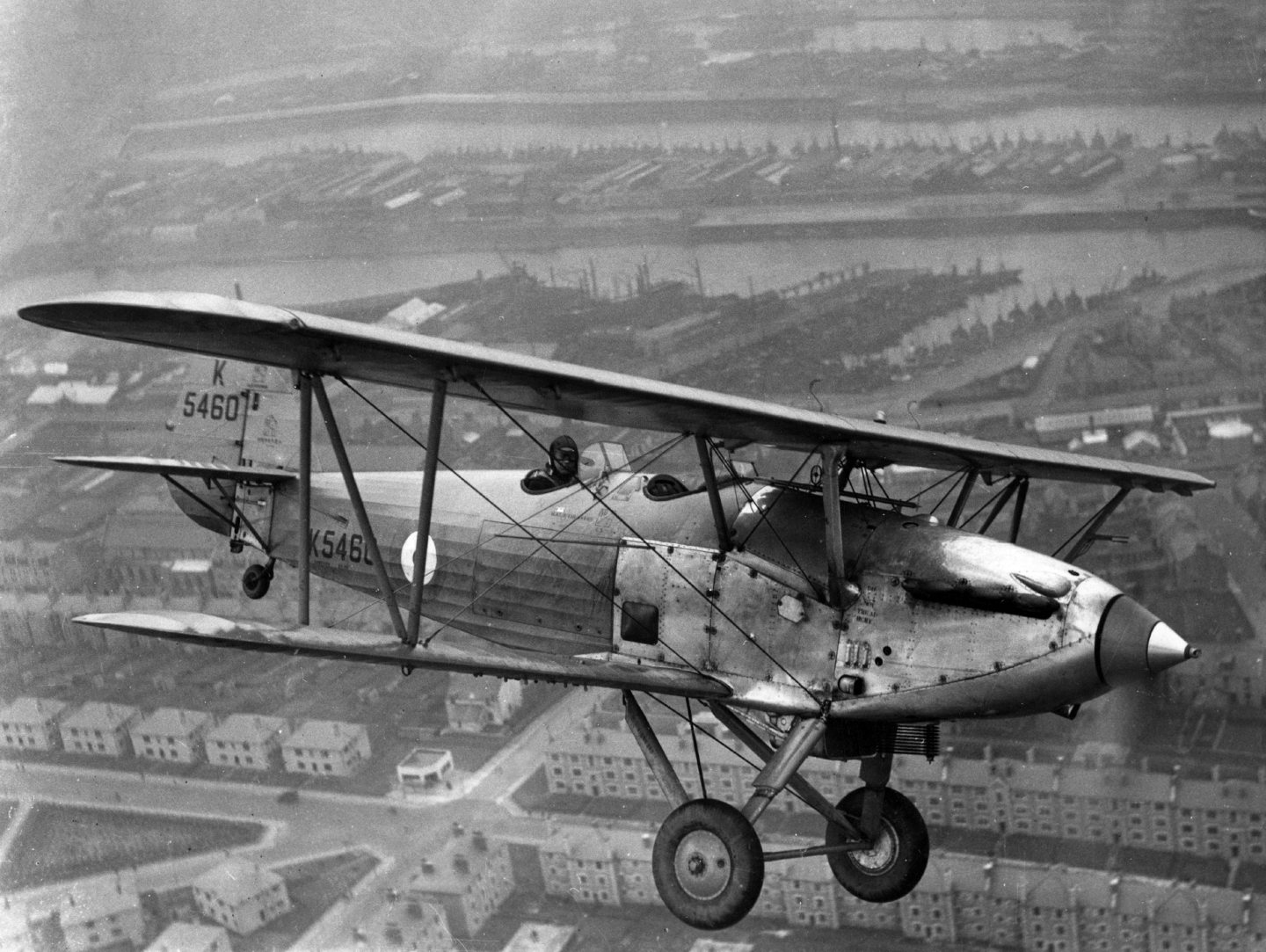
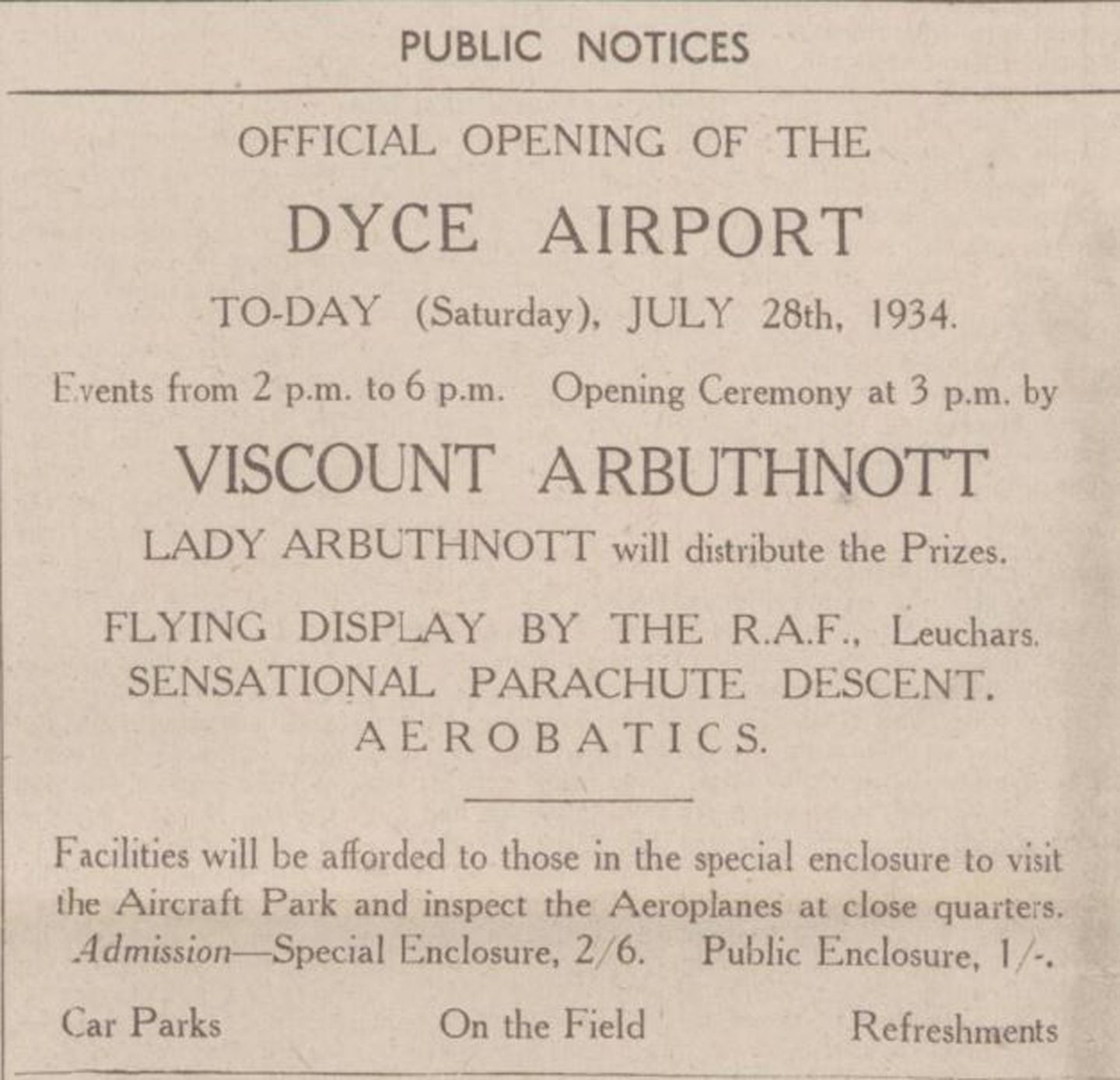
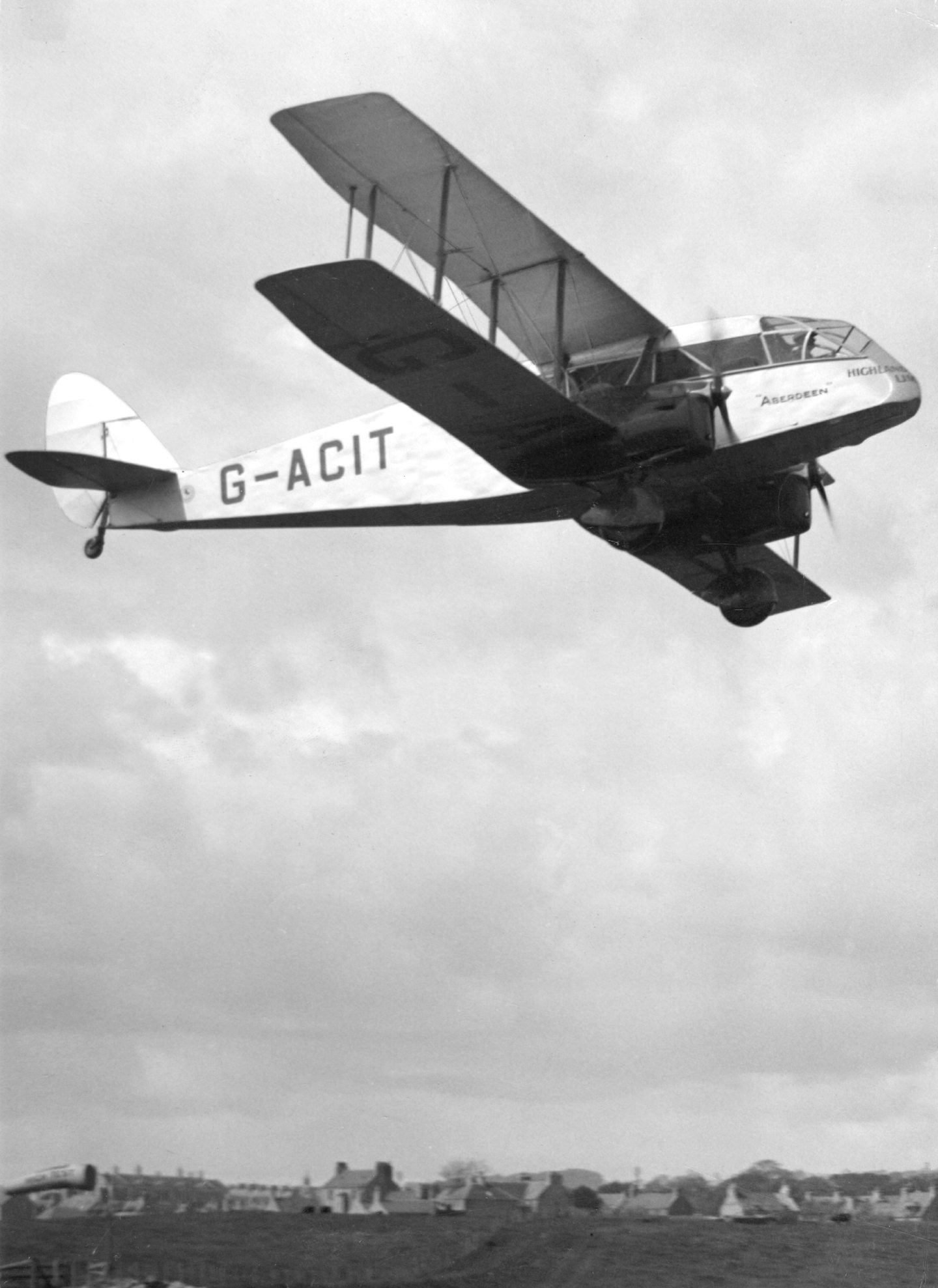
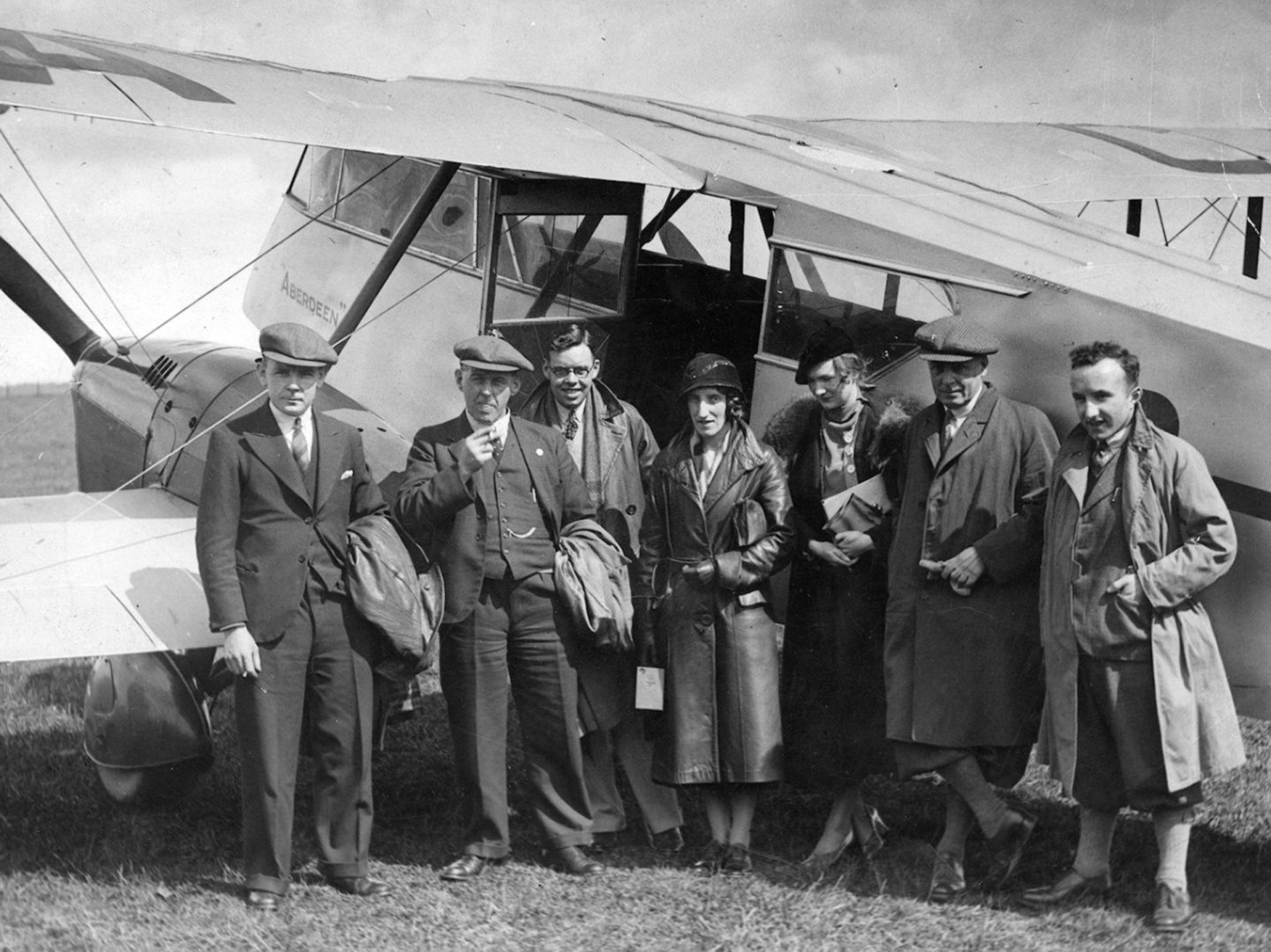
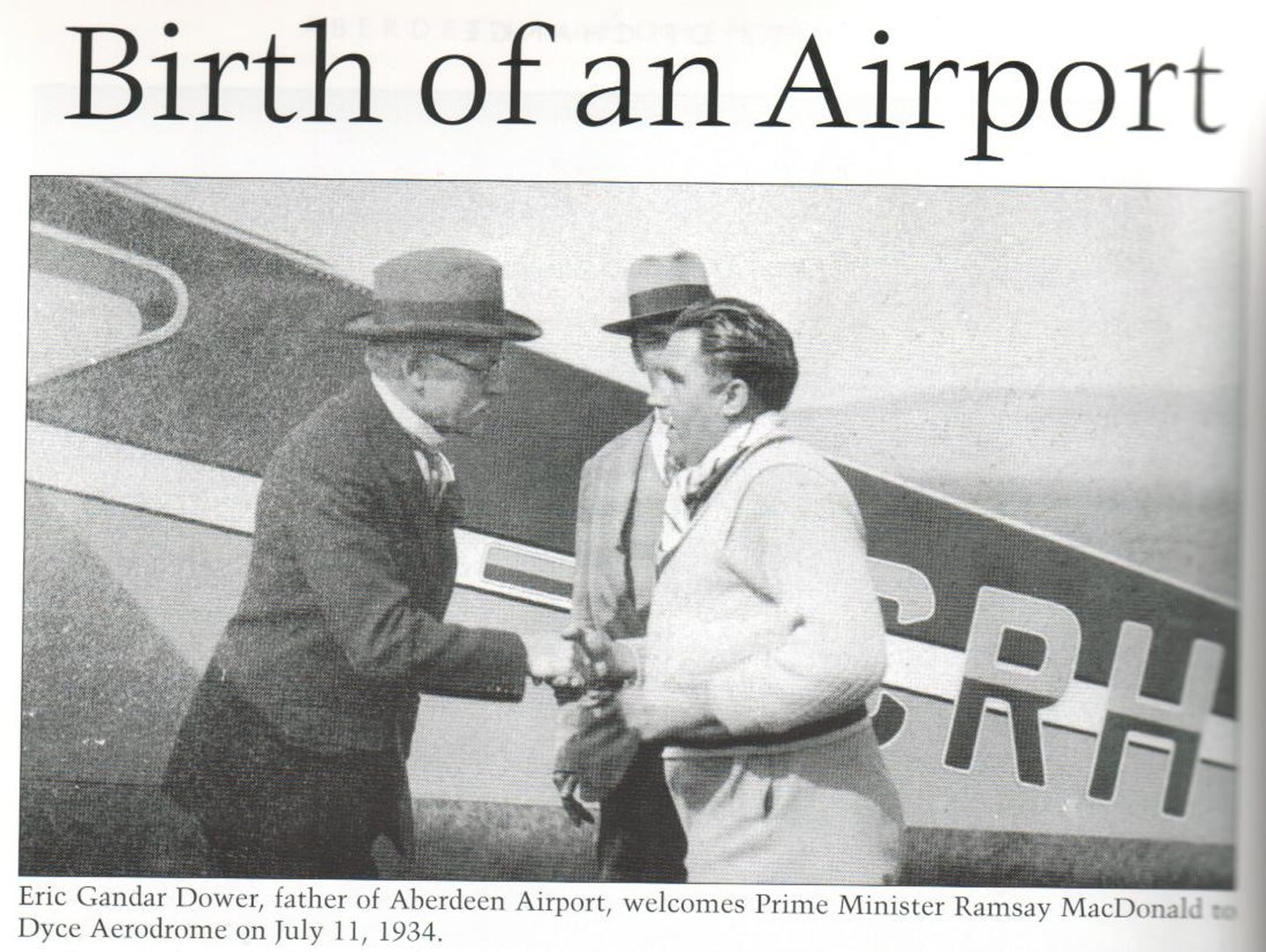
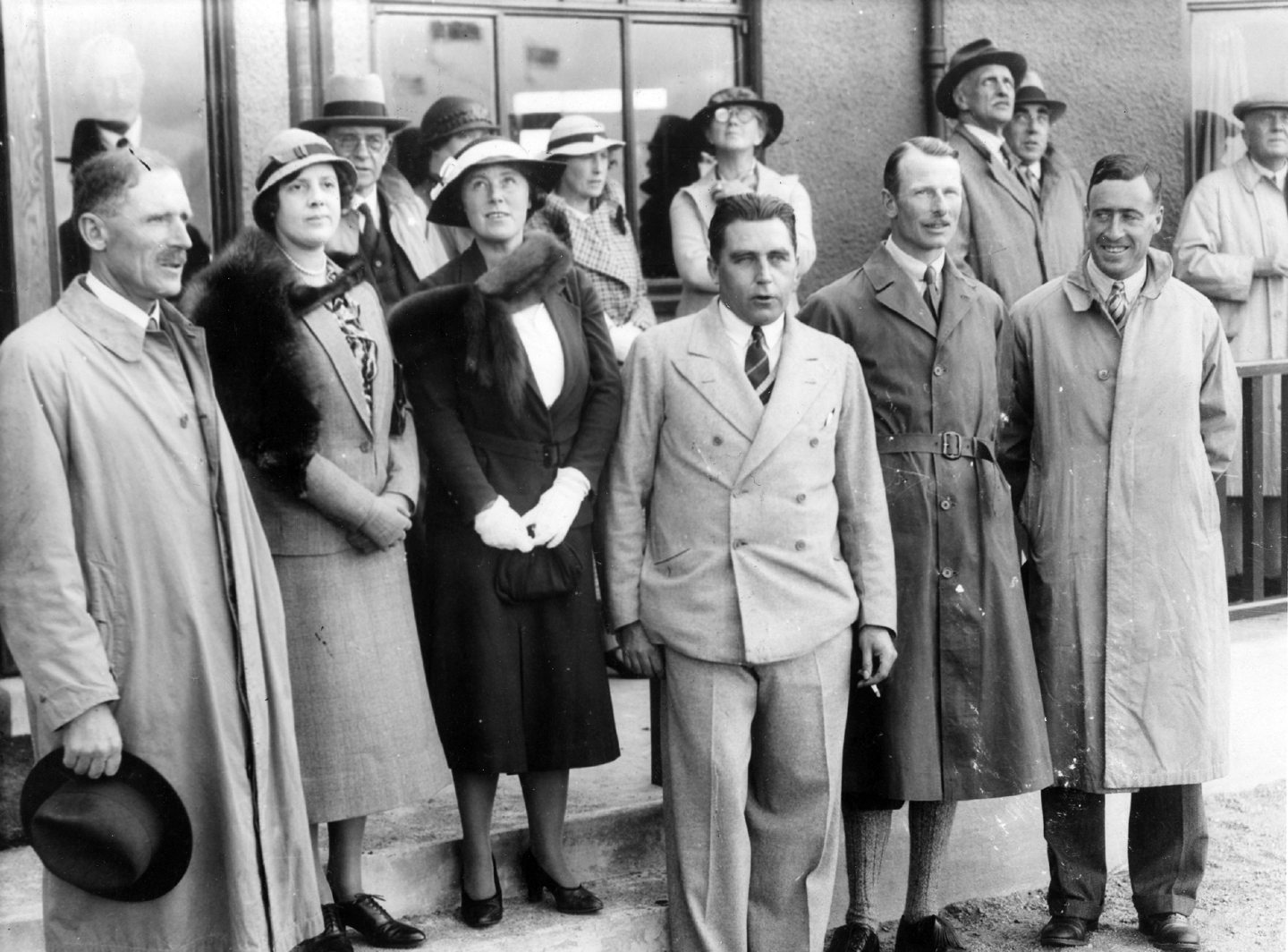
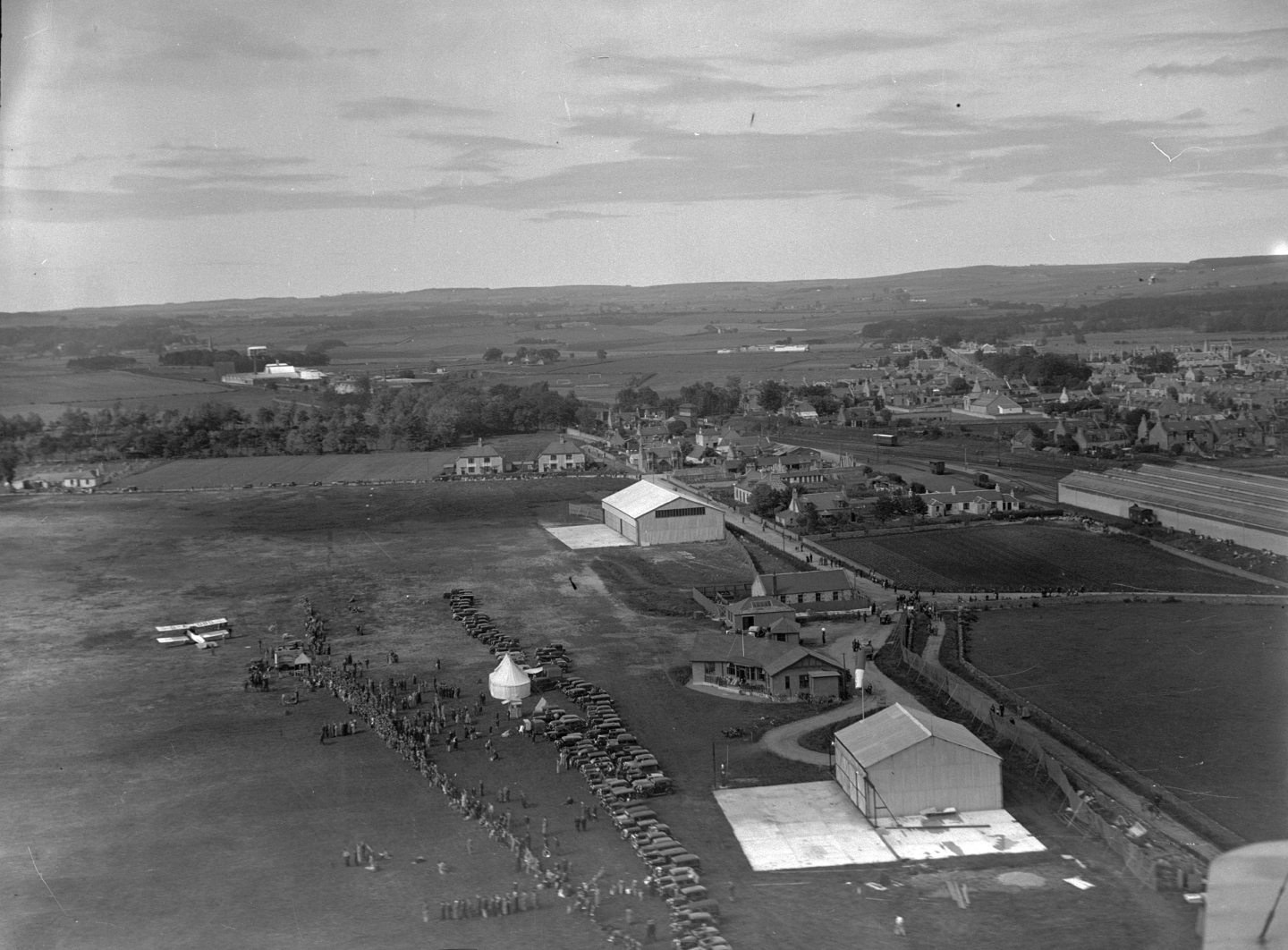
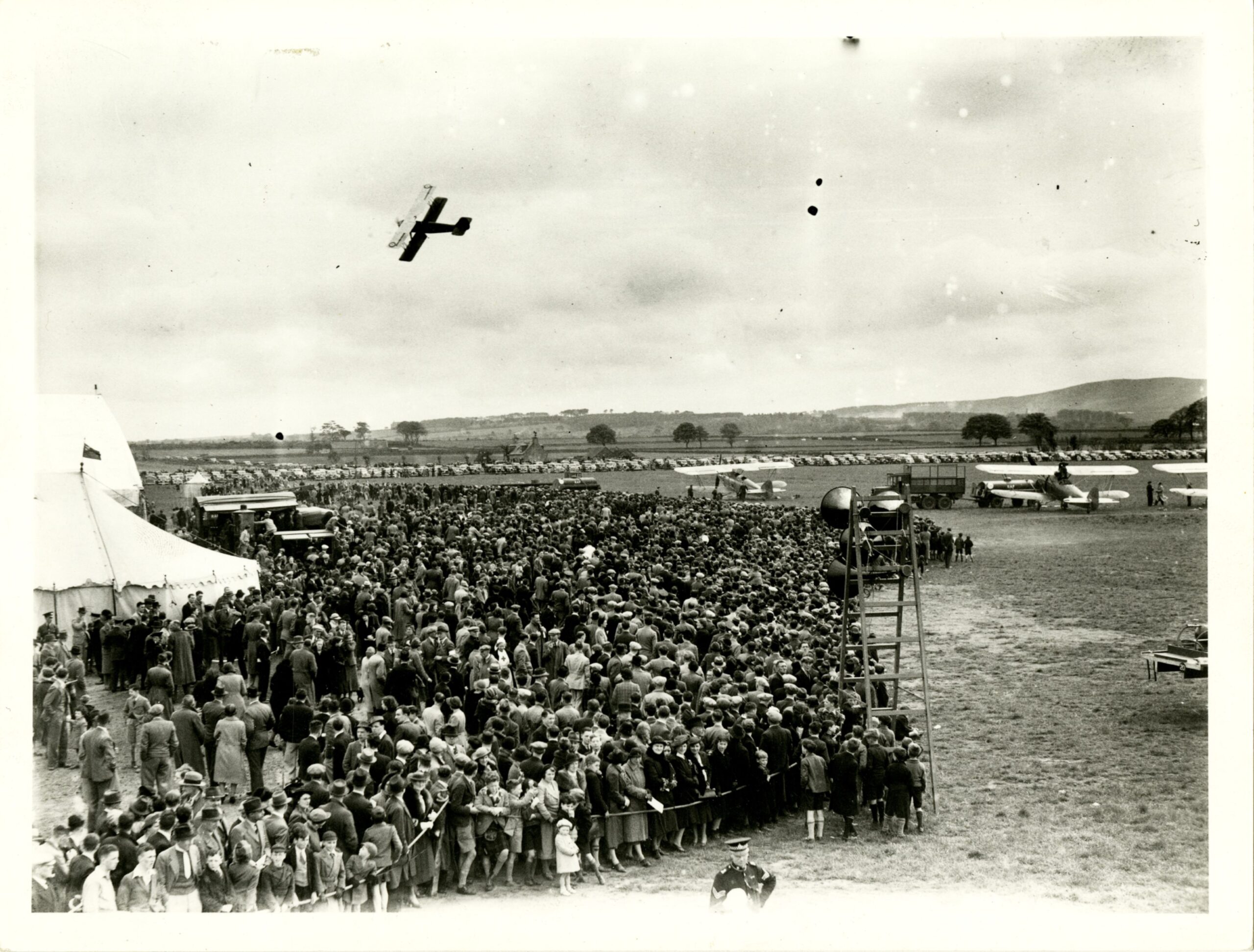
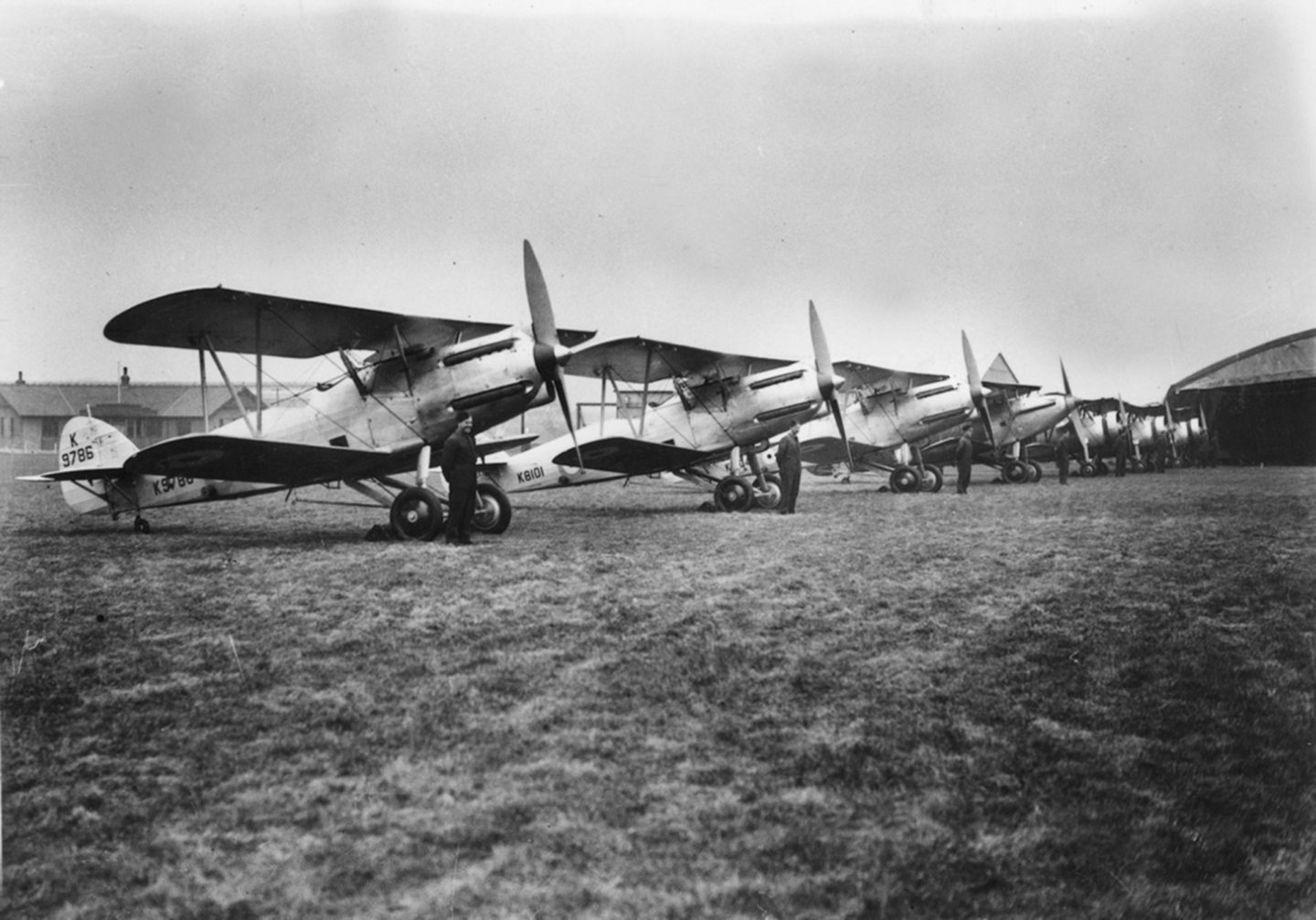
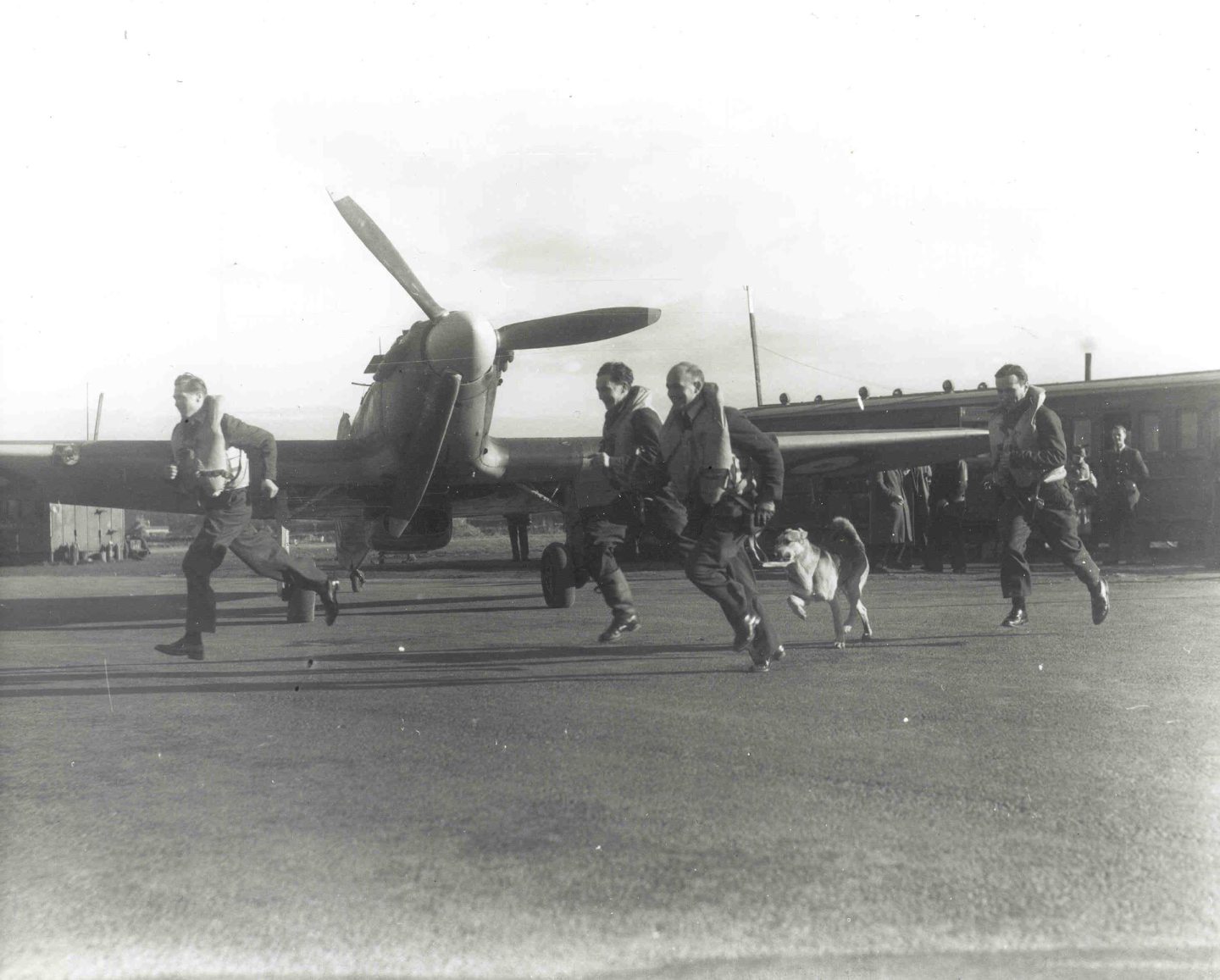
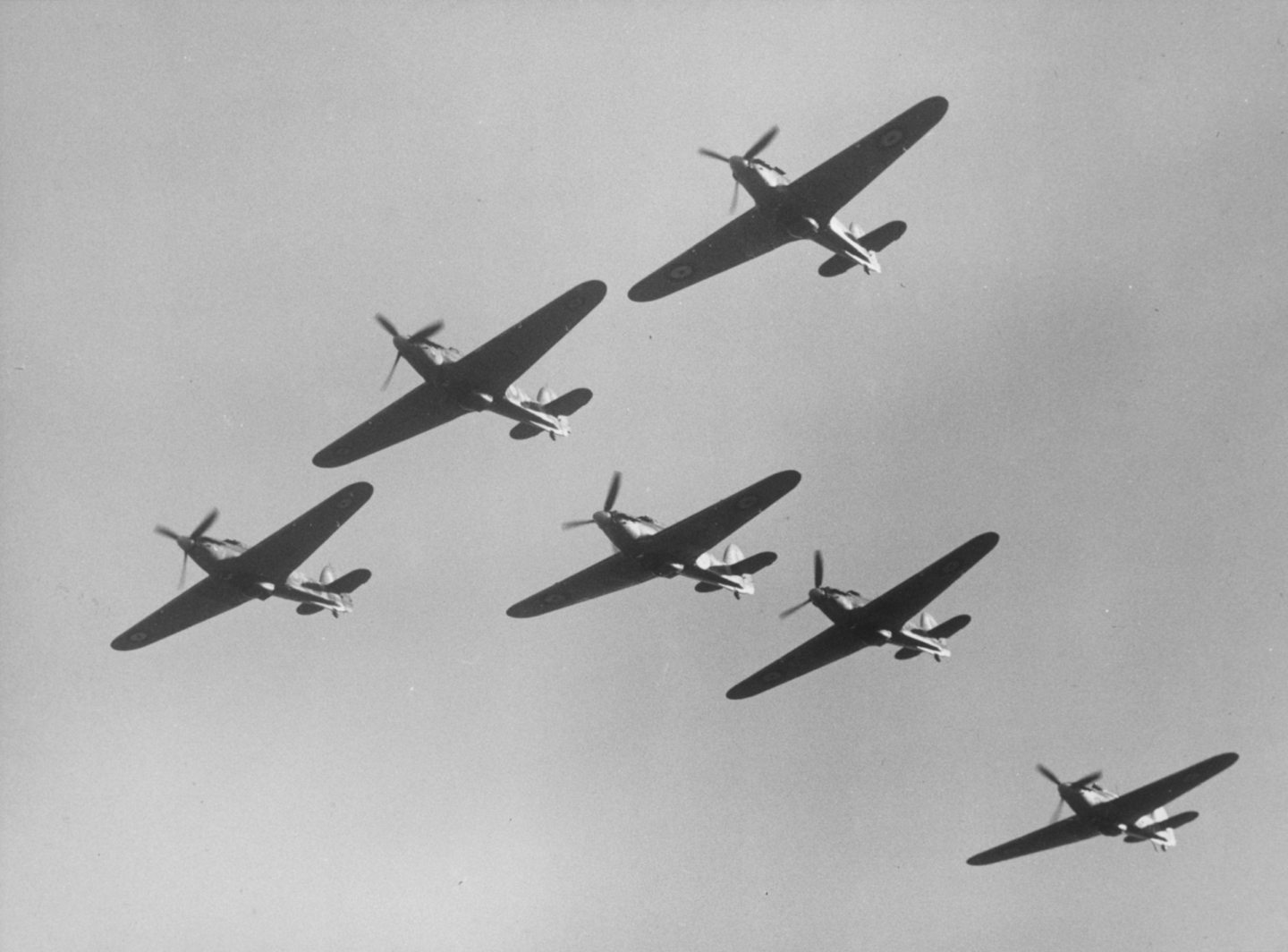
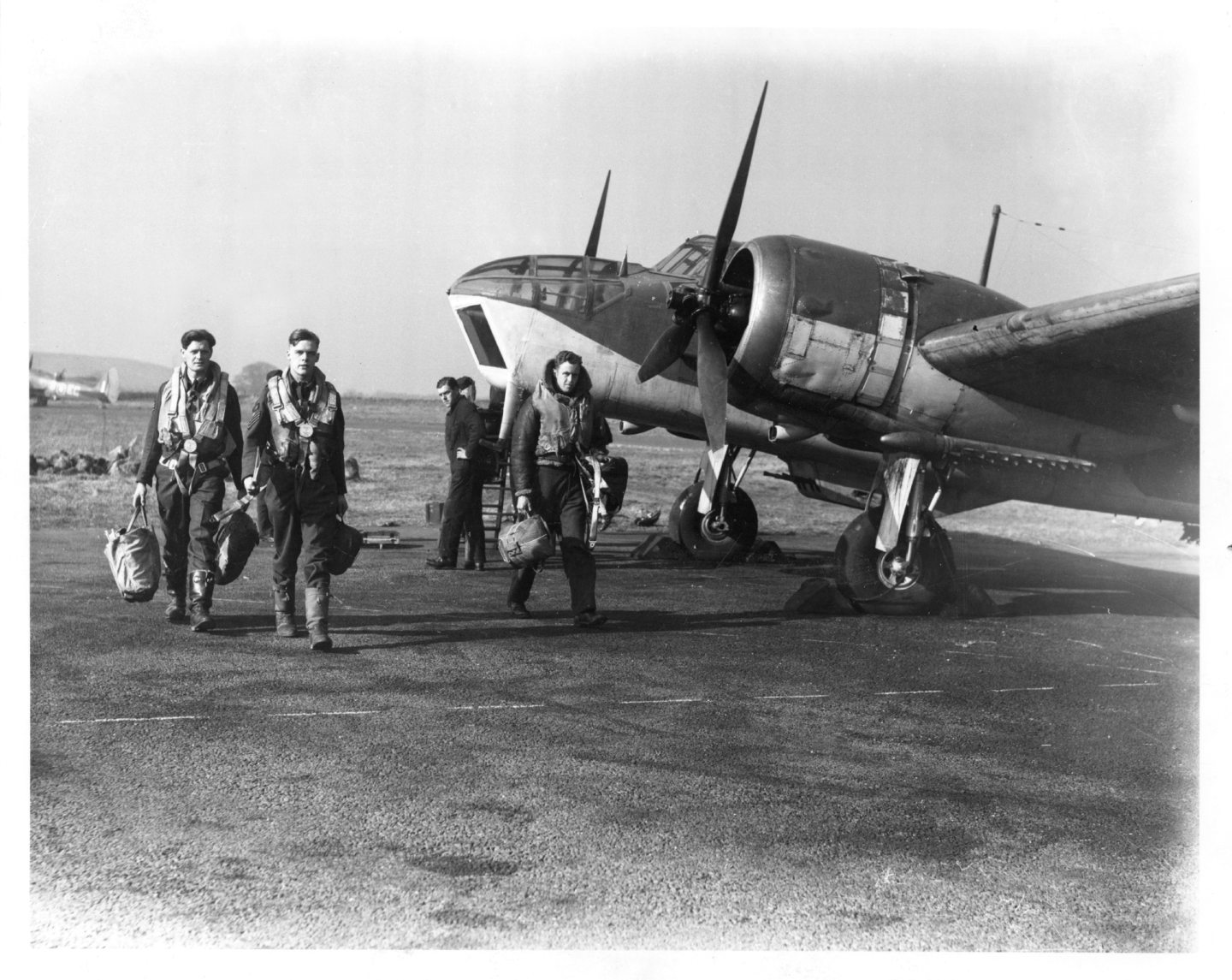
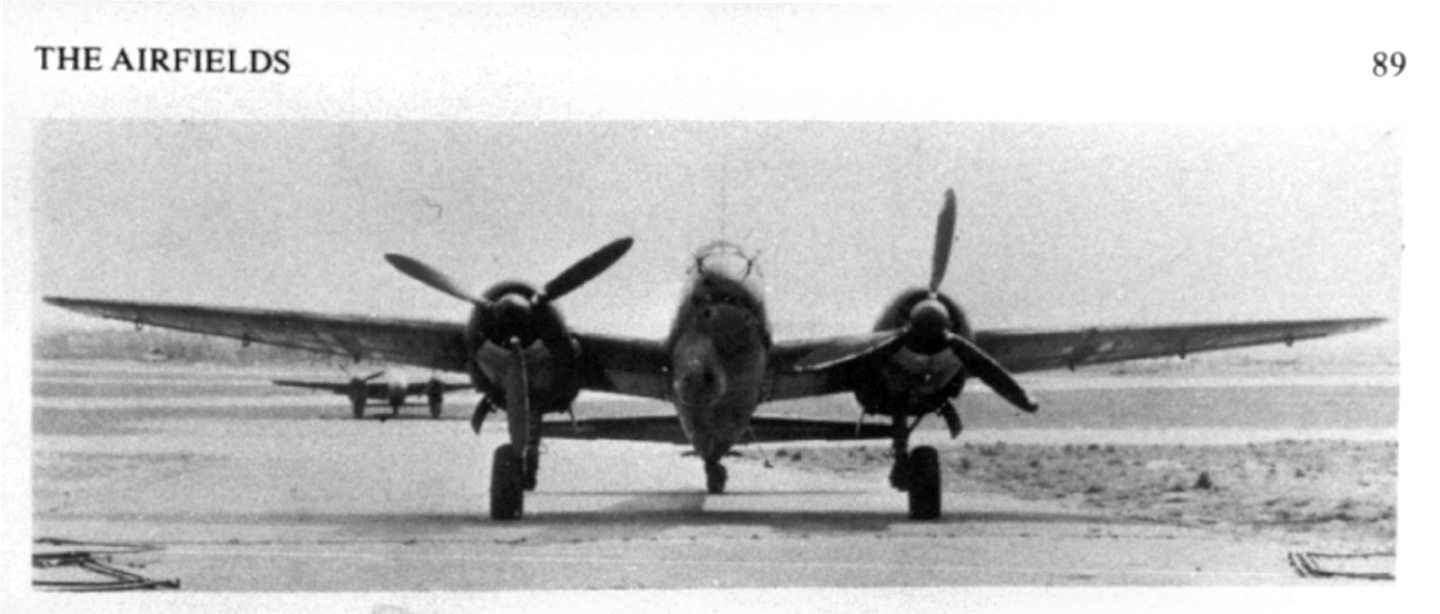
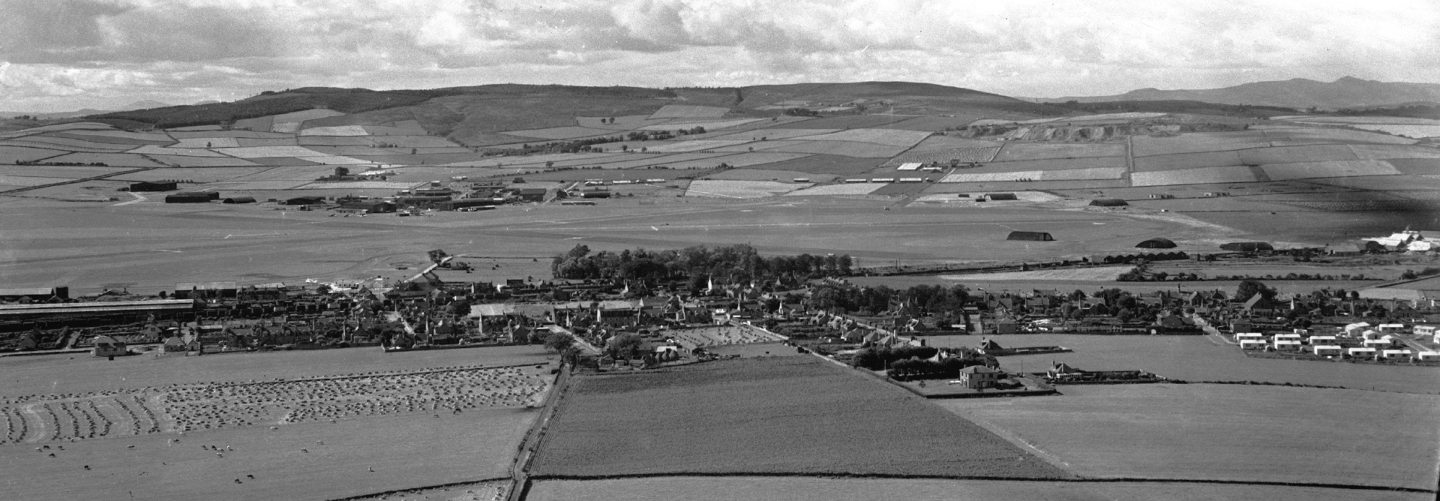
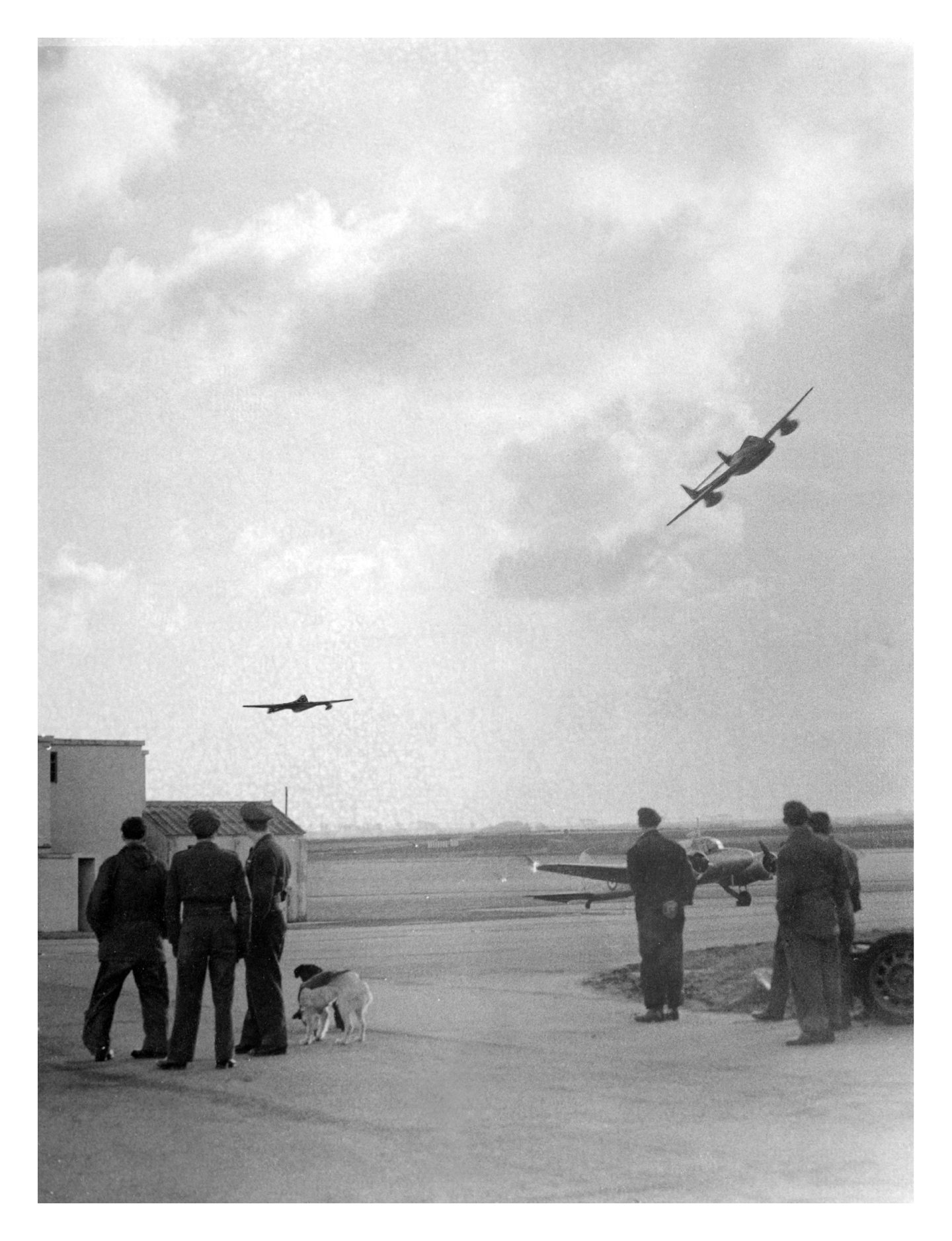
Conversation